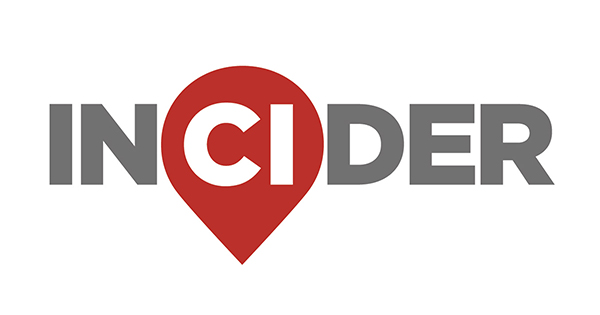A medical implant created by Austin-based company MicroTransponder can help patients who suffer ischemic strokes improve arm and hand function.
PAM Health Rehabilitation Hospital of Round Rock held an information session and screening event July 23 about the Vivistim implant.
What you need to know
The Vivistim is a small Food and Drug Administration-approved device implanted in the neck and chest of patients with chronic ischemic strokes, MicroTransponder representative Chad Meier said.
The device stimulates the vagus nerve, releasing chemicals in the brain that help boost neuroplasticity in patients working to rebuild neural pathways after a stroke, he said.
The details
Neuroplasticity is the brain's ability to rewire itself and form new connections through repetitive actions and movements, PAM occupational therapist Paige Lashbrook said.
Patients who receive the device can experience noticeable improvement in arm and hand function after a stroke in just six weeks, she said.
"They're just scratching the surface when it comes to the possibilities of regaining function during their time in therapy," she said.
The implantation is an outpatient procedure takes about one hour, and rehabilitation therapy begins seven to 10 days after. The Vivistim device delivers stimulations to the vagus nerve when initiated by a therapist with a wireless remote while in therapy or by the patient with a magnet during task-specific exercises, Meier said. The implant can remain in the body for up to five years.
Who it's for
Meier said the treatment is best suited for patients with chronic ischemic strokes who have chronic limb deficits and moderate to severe upper extremity impairment. The initial occupational or physical therapy regimen for Vivistim patients lasts six weeks, he said.
Additional information about this treatment is available at www.vivistim.com.





